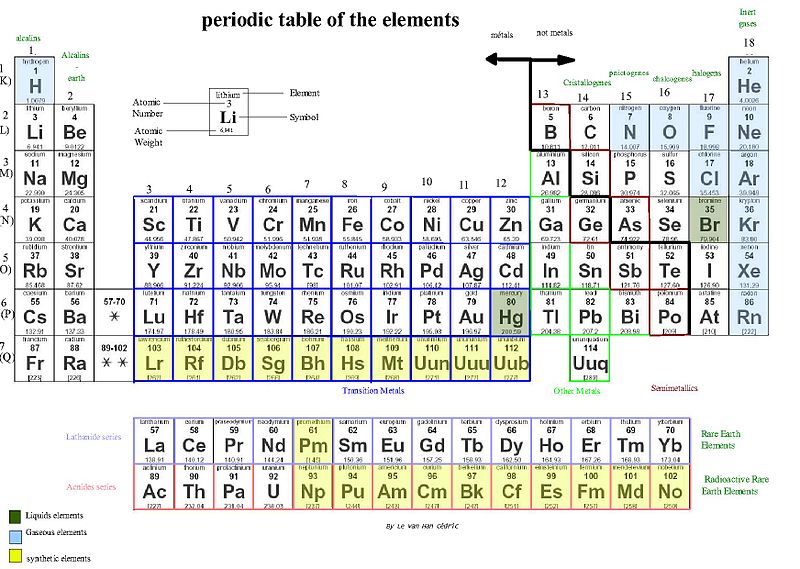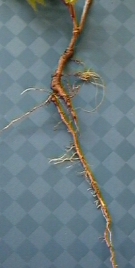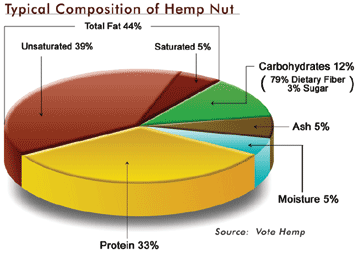Nutrition
Like many other plants, marijuana acquires nutrients in two different ways.
From its roots, marijuana takes in water along with other minerals. The water and minerals are sent up to the rest of the plant by tubes called xylem. The nutrients that marijuana needs are large amounts of nitrogen, phosphorus, and potassium. In addition, the other nutrients that the plant needs, but less of, are calcium, magnesium, iron, and zinc.

The way marijuana's roots are arranged is in the form of a taproot. A taproot system consist of one large central root with numerous smaller roots projecting off it.

From its leaves, marijuana produces glucose by photosynthesis. Carbon dioxide and water enter the reaction and with the power of sunlight, oxygen and glucose are produced. Photosynthesis can be summarized by
a simple chemical equation.
6CO2 + 12H2O (+ light energy)-->C6H12O6 + 6O2 + 6H2O

Once C6H12O6 (glucose, a simple sugar) is produced it can be sent down from the leaves to the rest of the plant by the phloem. This will provide the plant with all the food it will consume and store. Unlike animals that store their food as glycogen, marijuana stores its food as cellulose (starch). Starch is not digestible by humans.

Although we cannot eat the plant itself, people can consume some Cannabis seeds. These seeds contain all the essential amino acids a person needs in their diet.
Keep reading to learn about how new generations are produced.